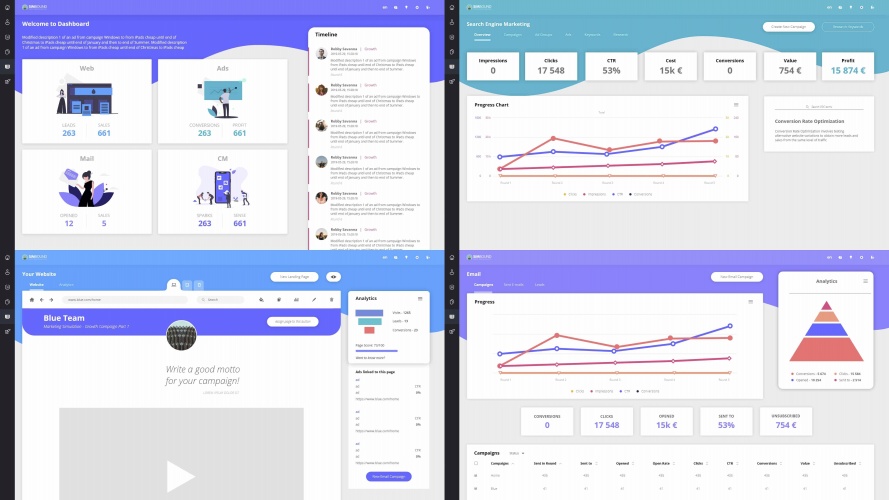Understand the term search engine optimisation (SEO) , on-page optimization and off-page optimization.
Set prices for products and provide periodical discounts or promotional offers.
Understand what referral marketing is, how this works as well as the benefits and pitfalls of this marketing method.
Understand what a retargeting campaign is and how this works.
Understand contextual advertising. Create a keywords-based ads campaign and make adjustments
Understand the term keyword. Create a list of keywords which can be used when optimizing content for a website, for advertising and on social media platforms.
Distinguish types of content used to drive traffic and enhance engagement like: graphic representations, info graphics, meme, videos, guides, product reviews, testimonials, lists, articles or whitepapers.
Recognize various methods for promoting a website like: online advertising, inbound and referral links, e-mail marketing, social media, submitting your website to a directory/search engine.
Understand the main parts of a website like: home page, company identity, contact information, news or articles, services/product description, landing page, search, e-commerce facility, web forms, video section, links and meta-description.
Understand common online advertising terms like: pay per click (PPC), cost per acquisition (CPA) and cost per conversion (CPC), return on advertising spend (ROAS).
Understand common e-mail terms like: open rate, click rate, bounce rate, unsubscribe, total subscribers.
Understand the term web traffic and the importance of attracting quality web traffic
Understand the term A/B testing. Recognize its importance in measuring and the improvement of campaigns like: e-mail marketing, online advertising, website and content creation.
Understand the term analytics. Recognize the importance of measuring the performance of a digital marketing campaign over time.
Understand the main elements of a digital marketing strategy like: alignment to business goals and marketing objectives, identification of target audience, analysis of competitors, selection of appropriate platforms and mediums, planning and creation of content, allocation of budgets, reporting
Recognize the need for a consistent online presence synchronized with corporate identity and design.
Recognize the main legal and regulatory obligations when carrying out digital marketing in a country.
Understand some of the limitations of digital marketing: lack of face-to- face interaction, can be obtrusive, time commitment to manage it professionally, may not be suitable for every product or service.
Understand some of the advantages of digital marketing: cost effectiveness, ability to track and measure progress, targeted demographic reach, higher engagement compared to traditional marketing, catering to mobile customers.
Identify typical goals when using digital marketing like: increased brand awareness, lead generation, sales generation, informing customers, improved customer service, direct customer engagement, generating traffic
Define different elements of digital marketing like: content marketing, social media marketing, e-mail marketing, mobile marketing, affiliate marketing, search engine marketing (SEM), search engine optimization (SEO), display advertising, analytics.
Understand the term Digital Marketing




User reviews for Simbound
You need to log in to post a review.